The 34 most profitable Proof of Stake (PoS) coins for 2021
In this article we take a look at several Proof of Stake (PoS) coins for investors building passive income streams. With the DeFi craze causing extremely high Ethereum fees, more and more investors look to PoS instead.
Before You Start
If you’re not familiar with Proof of Work, Proof of Stake and cryptocurrency mining/staking, then please read our introduction to consensus mechanisms for an overview.
With wider cryptocurrency adoption, investors are looking for new income sources in order to make their crypto work for them. But that’s easier said than done!
Before we dive into the best PoS coins, a few notes about best staking security practices.
Anti-Scam Precautions
We’re still on the early days of cryptocurrencies and not many solutions exist that offer safe and consistent returns.
Some passive income programs have turned out to be Ponzi schemes and many investors have grown justifiably wary of participating in such networks.
In this context, we single out some cryptos which are secure (as far as we know at the time of this writing) and offer excellent results.
Do Not Transfer Coins!
Proof of Stake cryptocurrencies do not require you to transfer your coins at all.
Be wary of any staking operation that requests you to transfer the actual coins to a different wallet.
Staking does not require coin transfers, you just need to delegate your account to a different address.
When you delegate your account, you’re giving a certain entity the right to vote for you and to represent your vote in the network.
Again: there is no coin transfer involved in staking!
When in doubt, ask for help from the specific cryptocurrency’s community. You can usually get immediate answers via Telegram or Reddit.
DYOR
As always, do your own research and perform due diligence before embarking on any high risk investment.
This article is offered for informational purposes only.
Do not invest solely based on the information contained herein.
Proof of Stake (PoS)
Proof of Stake is a decentralized and trustless consensus mechanism which allows investors to safely earn passive income using cryptocurrencies.
PoS does not depend on any centralized exchange since the blockchain itself is the ledger and participants earn income proportional to the amount they have staked.
As long as the stakeholders do not attempt to defraud the system (in which case the stake is debited proportionally to the fraud amount), the staked amount is 100% safe and will provide consistent returns as blocks are minted.
Worst that can happen in a PoS system is, assuming no serious software vulnerabilities exist, to earn zero or too low returns. (We’ll take a look at why this may be the case later in this article.)
So, let’s dive into the most profitable staking coins for the year!
Top Proof of Stake Coins
Several top rated cryptocurrencies provide passive income via PoS. Here we take a look at the top Proof of Stake coins and provide tips so you can achieve the best results.
Remember: we’re not judging these coins’ applications or technology – but only their performance as passive income cryptocurrency investments.
If your favorite coin doesn’t score a favorable review here, remember the focus of this article is simply the coins’ profitability as a buy and forget type of investment.
We’ve tried to make this guide as comprehensive as possible so you can make the best choice for your next season of crypto purchases.
Avalanche AVAX

Avalanche isn’t just a PoS coin, it’s an entirely new consensus mechanism.
Instead of a regular PoS network’s “votes” system, Avalanche works by passing gossip between random network nodes. This ingenious protocol allows for transactions to get settled as quickly as one second, sometimes less.
Despite its fundamental difference from every other major coin listed in this article, Avalanche uses Proof of Stake for its rewards mechanism. AVAX nodes must lock some stake in order to verify transactions. Nodes with uptime higher than 60% get paid rewards in order to stay live on the network.
Currently, Avalanche pays stakers around 0.7% a month or approximately 9% a year. Node owners get rewarded anywhere from 1 to 20%. It’s a completely trustless system, rewards get paid by the protocol itself. Node operators do not have access to users’ funds, they can only verify TX’s on their behalf.
crypto.bi hosts a whole section dedicated to Avalanche AVAX!
Visit the Official Avalanche AVAX website
Tron
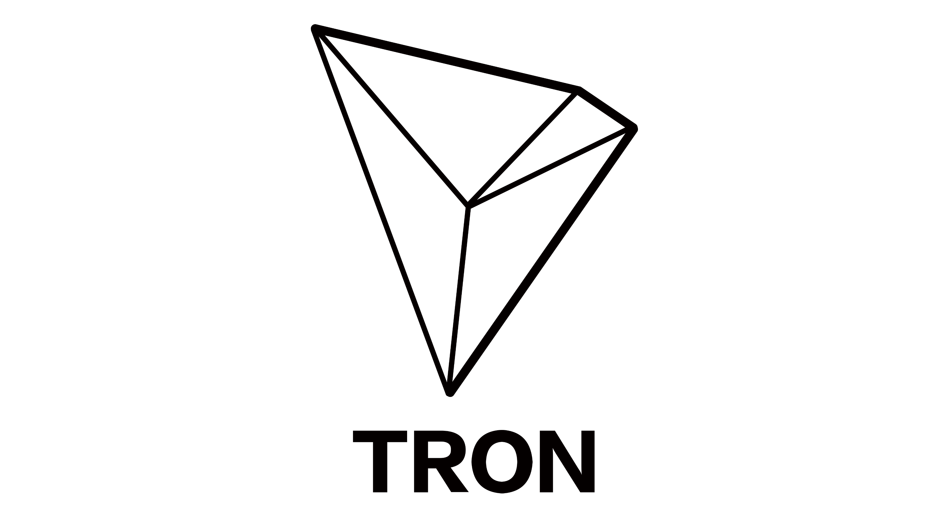
Tron currently yields 3.4% annually. Average PoS returns but excellent liquidity. Easy to buy, sell and trade on most large exchanges.
Nuls
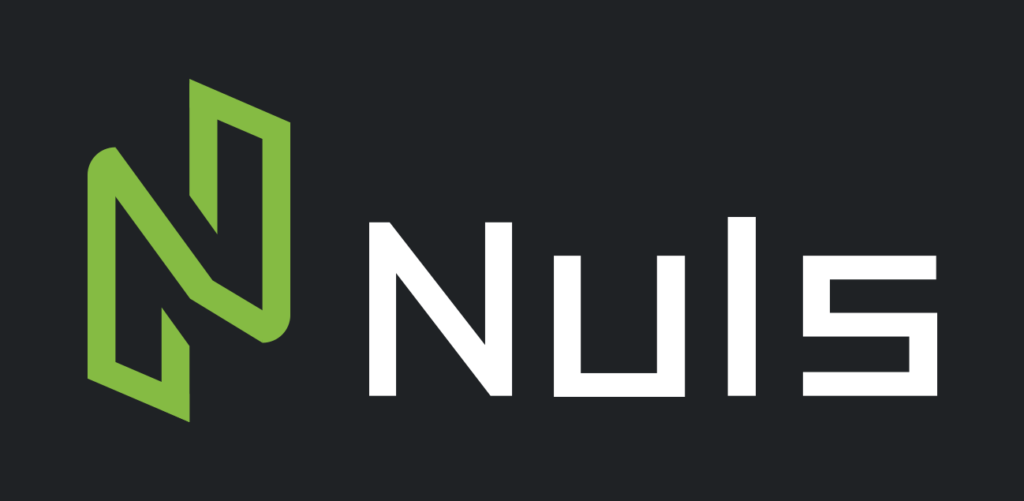
Nuls currently has a 10.98% yearly return rate. Not a very popular coin, low network difficulty reflects that.
Shift

At 24.85% annual yield, Shift is a good performer in the PoS arena.
Particl

Particl currently yields 5% annually.
Qtum

At 5.23% yearly returns, Qtum is not exactly one of the top performers in this comparison. Very popular, will be easily traded, but not exactly a star in the passive income arena.
Tezos

Tezos is an amazing project being developed using the OCaml programming language.
OCaml is a functional programming language that has found use in the aerospace and high end engineering industries, especially in France where the language was created.
OCaml is very tightly linked to formal software verification methods. The Coq proof assistant, for example, generates OCaml source code out of formally verified logical constructs.
Tezos offers yearly returns in the 5.x% region. It is secure, well developed and has an amazing community around it.
VeChain

At 2.45% yearly returns, VeChain might be great for many applications but not as a PoS passive income investment. High liquidity and many interesting projects stemming from the VET ecosystem, but not great as a passive income asset.
Visit the VeChain website here
Hshare

Yielding 6% / year, Hshare has attracted many investors although it’s not one of the top PoS performers.
Bitbay

Bitbay investors receive 8.9% staking rewards per year.
Waves

Waves currently presents 2.9% annual returns. Not one of the best performers but has high liquidity, large community and is easy to trade.
Memetic

Memetic yields 23% annually. Watch out for low liquidity.
CloakCoin

At 6% annual PoS rewards, CloakCoin is an average performing passive return investment.
PeerCoin

At just 1% yearly yield, this probably won’t be your choice to invest in PoS cryptos for the time being.
Despite being low yield, PeerCoin is not really one of the most popular coins – it ranks 145 at CoinMarketCap today. The 1% yield is hard coded into the coin algorithm and isn’t a result of network difficulty.
KekCoin

Those who invest in KekCoin won’t get rekt as far as PoS returns go. 18% annually yield makes it a great performer.
Official cryptocurrency of the “blockchain of Memes” (Memechain).
Deep Onion

At 10% annual yield, Deep Onion is a Tor user’s best friend. As the name suggests, anonymity is its greatest strength.
Visit Deep Onion’s official website
Wagerr WGR
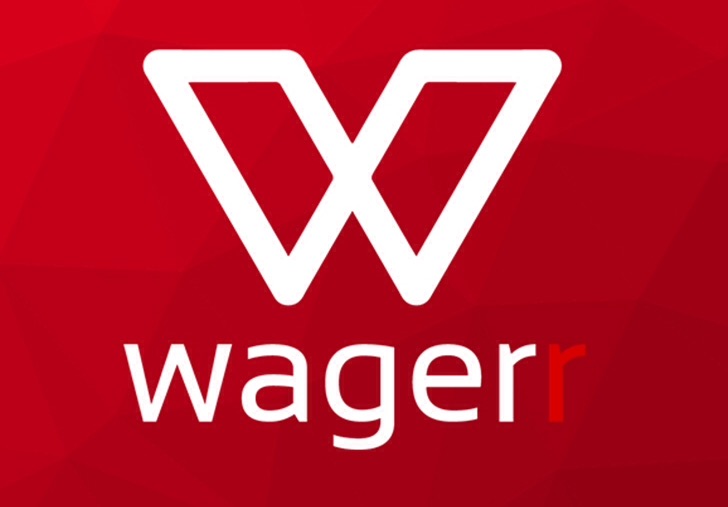
At 5% yearly return, this is a below average performer as far as PoS rewards go.
Visit Wagerr’s official website
Cardano ADA
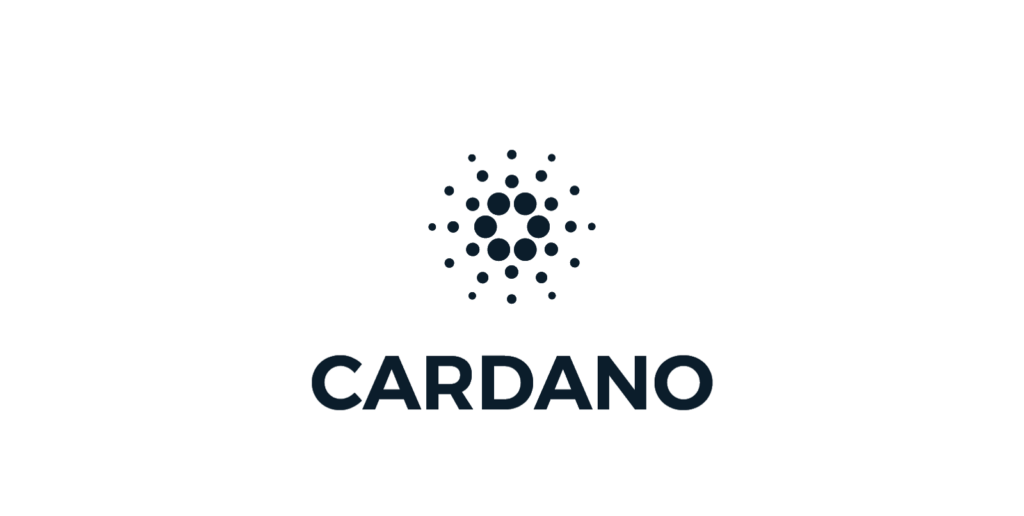
Cardano is a 3rd generation cryptocurrency that became fully decentralized PoS in Q3 2020.
(We’ve dedicated a lot of coverage to this amazing project. Please use our search for our technical articles.)
Right now, Cardano yields approximately 2.80% a year.
ARK

Network difficulty has high impact on ARK yields. Should a large number of users stake ARK at the same time, yields would be reduced accordingly.
With ARK you should expect between 8 and 10% annual return.
Bean Cash

Bean Cash staking is actually called “sprouting”.
Bean Cash promises 2,5% monthly yield, which compounds to over 34% a year.
Linda

Linda promises 70% annual yield.
Ranking 375 at CoinMarketCap you can probably guess the 70% is due to very low network difficulty.
Decred DCR

Decred was initially based on Bitcoin but quickly established itself as an independent project by adopting a hybrid PoS and PoW consensus mechanism.
Decred yield is highly dependent on network difficulty (as with most PoS systems).
At the time of this writing, Decred yields between 8 and 9% a year. Last year Decred yields varied from 13 to 14% but due to the large influx of new users, the yield has gone down proportionately.
It is an excellent return for a top 30 market cap cryptocurrency with a great community, very active development process and a large user base.
Currencies with a large number of nodes usually yield less than smaller coins due to the high competition. On the other hand, lesser known coins have low liquidity and are hard to trade in high volumes.
Decred is able to offer high yield while offering high volume and liquidity. It’s trivial to buy and sell DCR on all the major exchanges.
Neblio

Neblio’s current monthly yield is 0,8%
Yearly = 10%
Ranked 169 on CMC, not exactly a top performer in the passive income competition.
OmiseGO OMG

OmiseGO currently yields around 3% a year. Not in the upper tier as far as staking yield goes, but a very popular project with no shortage of liquidity on the largest exchanges.
DASH

DASH currently yields approximately 0.5% per month and approximately 7% a year.
Excellent yield for a top 15 cryptocurrency. Although it has lower yield than others in this article, DASH has a significant user base and high liquidity.
NEO

NEO does not yield NEO coins directly, instead the staking rewards are paid in GAS.
Currently NEO yields 0,3% per month and 3,35% a year.
NEO is a top 20 crypto and has excellent liquidity and a significant user base, especially in China and generally in Asia.
PIVX

PIVX currently yields 0.51% monthly and 6.55% annually.
It’s a top 100 cryptocurrency with an enthusiastic following. Liquidity might not be the highest around, but trading PIVX shouldn’t be too difficult either.
LISK
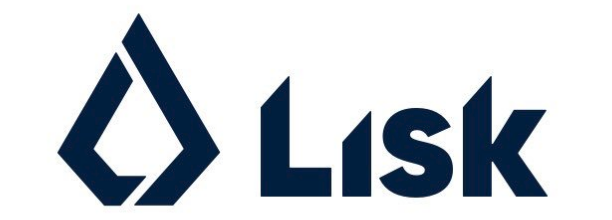
LISK currently yields 0.66% monthly and 7.89% annually.
It’s a top 50 crypto with a large user base. Good liquidity.
OkCash OK
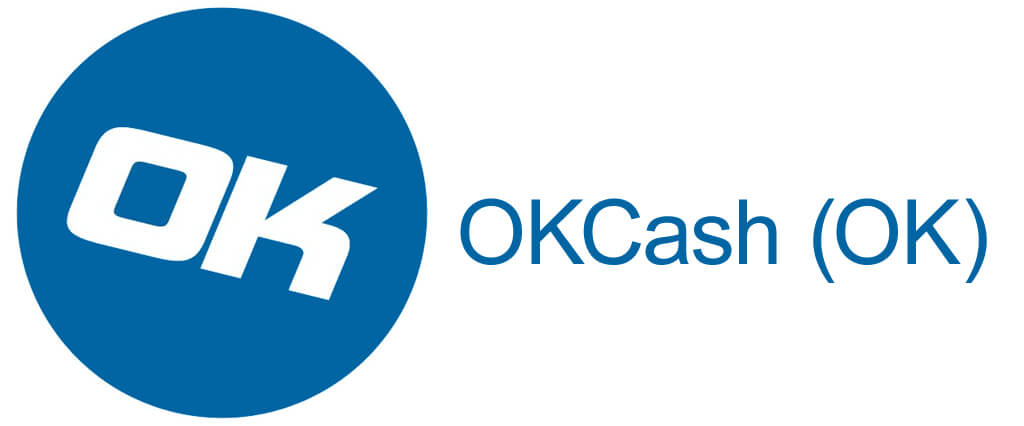
With OkCash you can expect around 4.97% monthly and 60% yearly.
Ranking at 766 on CoinMarketCap, OK is low liquidity and low network difficulty coin.
NAV Coin

NAV currently yields 0.33% monthly and 4% annually.
Ranking at 235, this cryptocurrency offers low PoS yield with low competition. Not your best passive income solution.
STRATIS STRAT
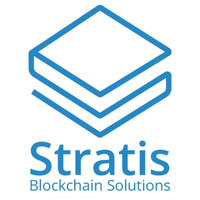
One of the lowest yields among the currencies we’ve researched.
Currently at 0.12% monthly and 1.45% yearly returns.
A top 60 crypto, has good liquidity and a large user base. But the low yield may not make it the best bet for passive income.
Reddcoin

RDD currently yields 5.1% annually and approx. 0.42% monthly.
Ethereum 2.0 PoS

Early data from Ethereum 2.0 suggests a 5% annual return. We don’t know much else at this point – but the much anticipated Ethereum 2.0 launch later in 2020 will clear all our doubts.
No doubt it will be a high competition, high difficulty network for staking.
NXT

The lowest of all returns analyzed in this article.
NXT yields 0.03% monthly and 0.41% yearly.
Close to being a top 100 coin (ranking at 108 at this time), NXT has reasonable liquidity. Though, as you can see, it’s probably not going to be your choice for a passive income investment.
Phore
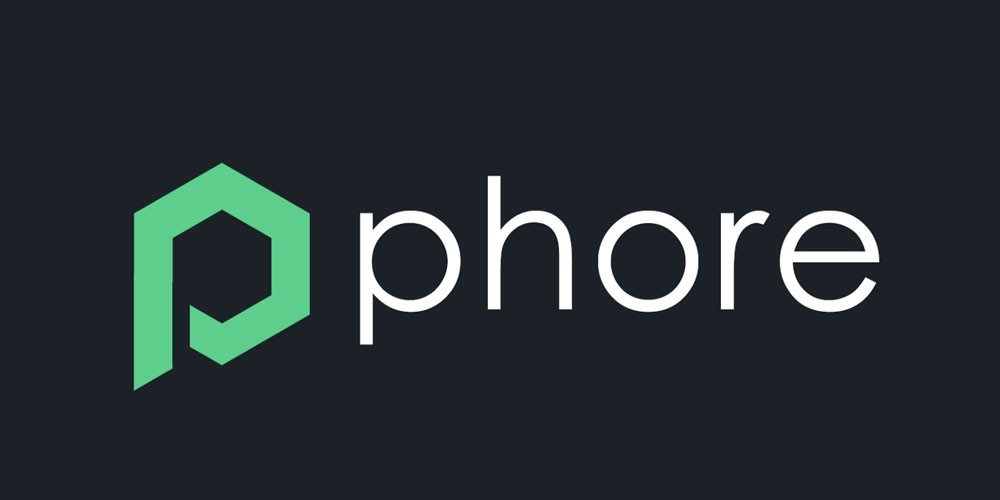
Yearly return = 8.77%
Monthly return = 0.68%
Ranking at over 450 at the time of this writing, Phore is not the top performer in the PoS arena.
What to look out for?
High competition coins yield less but offer great liquidity.
For instance, we mentioned that you should expect low returns from the upcoming Ethereum PoS system. This is because Ethereum has high liquidity and can be easily traded back and forth for U$ and Euros. That way, you can expect high network difficulty while staking Ethereum PoS.
Other coins we’ve looked at offer extremely high yields, but you should be careful about possible scams and low liquidity. Even if a coin yields hundreds of percent per year, you may not be able to cash it when needed.
As you can see, there’s a trade-off between network difficulty and liquidity. High yields mean low difficulty, but may also signal there’s low liquidity for that particular cryptocurrency.
Conclusion
We hope this article has given you an ample panorama of the PoS status quo. Using this information you can pursue the best cryptocurrency investments to build that much dreamed constant flow of income at the end of the month.
PoS is much safer than centralized investment clubs and is usually fully automated, running from your own equipment. Most delegation systems do not put your funds at risk when you stake your coins, but simply indicate the coins are blocked for staking. This makes it a secure way to participate in decentralized profits without risking your money, unlike other high yield schemes which have caused immense losses for investors in the past.
Notes
Investors should perform due diligence before investing in unusually high yield cryptos.
Information contained in this article does not constitute, and should not be taken as, investment advice.
All logos are Trademarks (TM) of their respective owners.
Links
Proof of Stake (PoS): Staking as a Tool For The Passive Income
Earn Passive Income With Cryptocurrencies
A Beginner’s Guide to Earning Passive Income With Crypto
The Best Proof of Stake Coins for Earning Passive Income
Passive Earnings in Crypto: DeFi Lending and Staking in a Zero Interest Economy
Learn How To Create Passive Income With Cryptocurrency
Bitfinex guide to cryptocurrency staking
Binance Academy: What Is Staking?
Polkadot is the most popular network for staking, nearly $3 billion worth of DOT tokens are at stake
crypto.bi - SHA256(crypto) Inc - Piazza Giordano A147 - 978 - contact@crypto.bi - We love Rome, Italy + Barcelona - 17DAB9EF880DA3BF